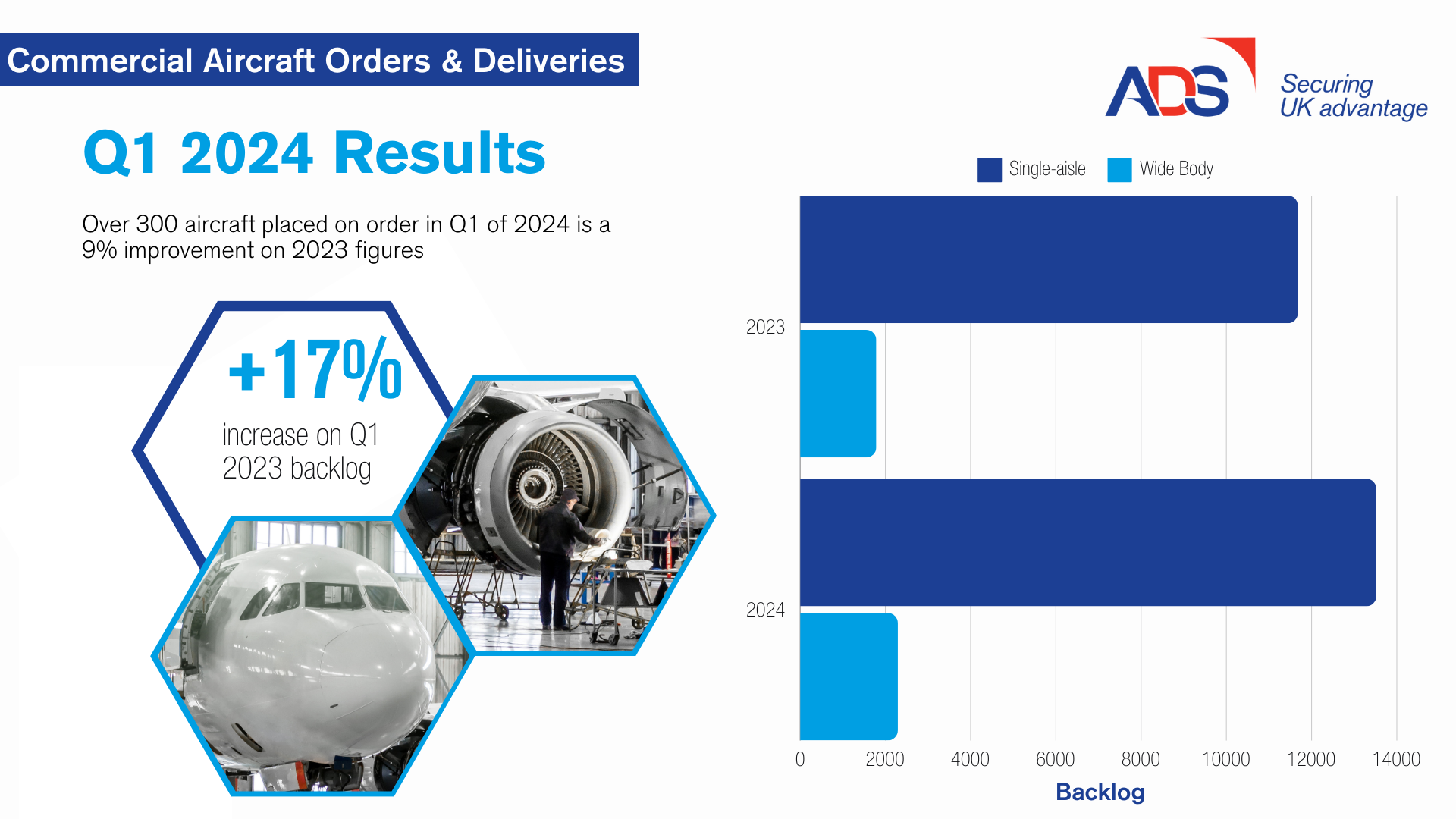An interesting article in Aviation Week this week discusses the future prospects of Electric/ hybrid powered aircraft – with Airbus outlining its plans to develop a regional 80-90 seat airliner over the next 10-15 years. (Last week their ‘E-Fan’ demonstrator took off for its first public test flight).
Small electric aircraft and UAVs have been developed successfully over the last few decades – with the UK at the forefront of this technology. The UK-built Zephyr UAV for example, currently holds the world endurance record for an unmanned, un-refuelled aircraft – at 336 hours. However, it is only recently that manufacturers have begun to seriously think about whether electric or hybrid powered aircraft can carry significant passenger numbers in the future. Boeing have also shown their intent within this market, with the development of their SUGAR Volt programme.
One of the driving forces for this development is from national and international policy makers setting out long term targets and ambitious goals about future aviation emissions. As referenced in the Aviation week article, the large scale production of electric aircraft may be one of the main ways meet the EU’s Flightpath 2050 targets – reducing aviation carbon dioxide emissions by 75%, nitrous oxide emissions by 90% and noise levels by 65% from year-2000 levels.
Such development also offers opportunities for UK companies to be heavily involved in both the research and potential larger scale production of electric/hybrid passenger aircraft (i.e. expertise in propulsion technology and in composites – of which electric aircraft are likely to be comprised of).
However, despite this future potential, there are a number of technological and regulatory hurdles which will need to be overcome. The sourcing of biofuels, the safety of their use, and the time taken to re-fuel batteries on hybrid aircraft must all be taken into consideration. In addition, electromagnetic interference in systems such as the radios and dealing with the effects of aircraft wiring vibration would be more challenging for industry on a much larger regional-aircraft scale.
The continuous focus from policy makers, authorities and the public on pursuing new ways to curb aviation emissions means that despite the hurdles listed above, the development of electric/ hybrid aircraft will be a greater focus and challenge for industry.





